World Music Day
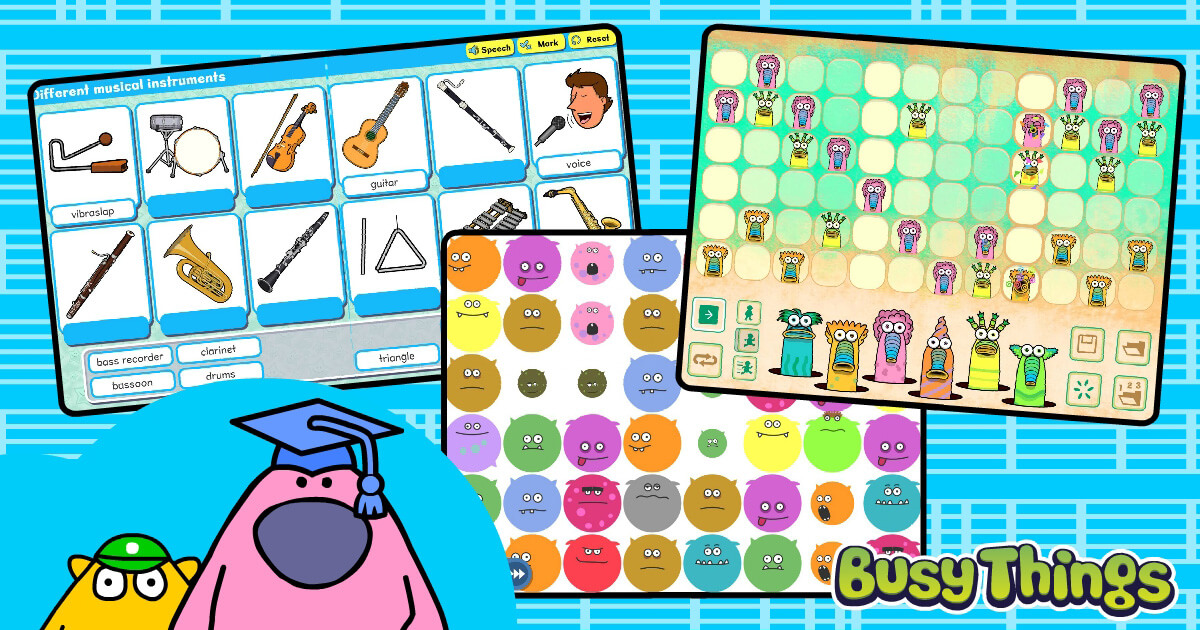
World Music Day, also known as Make Music Day, is celebrated on the 21st of June each year to mark the longest day of the year. It was started in Paris in 1982, which is why many still call it La Fête de la Musique, but today it is a major international event, celebrated in over 120 countries.
How to celebrate World Music Day at school?
We know that music plays an important part in primary school life: assemblies come to life with singing, schools entertain and spread joy through their choirs, and many children learn to play instruments inside and outside of school. What’s more, research confirms it helps children’s brain development.
World Music Day gives us another opportunity to celebrate our schools’ musicality!
Here are some activity suggestions:
1) Songs. Encourage the children (and teachers) to share their favourite song and play it to the class.
2) Impact. Share a distinct genre of music and discuss how it makes you feel.
3) Quiz. Hold a music quiz featuring songs of different genres and from different decades.
4) Instruments. Bring in a little-played instrument for the children to try.
5) Create your own instruments. What can you make from everyday classroom items?
The important thing is to have fun with it, so anything goes really!
How Busy Things can support your World Music Day celebrations
Busy Things has a wealth of music activities on offer. The Noisy Things (within the activities) will captivate your pupils’ imagination and encourage them to make music of their own and learn more about the instruments and notation involved.
Here we’ve pulled out a few of them, which we recommend you play, as with music at their heart, the written word doesn’t do them credit. What we’re saying is have a go and explore. We’ve made 3 of the 6 free to play, so that you and your pupils can experiment.
Explore rhythm
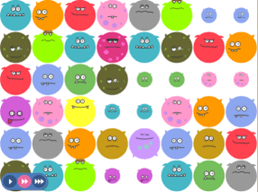
‘Bobble beat’ is a great activity for exploring rhythm. The Noisy Things create a beat when they are beside or above/below a matching Noisy Thing.
How many pairs can your pupils make? How complex a rhythm can they build?
Learn about pitch
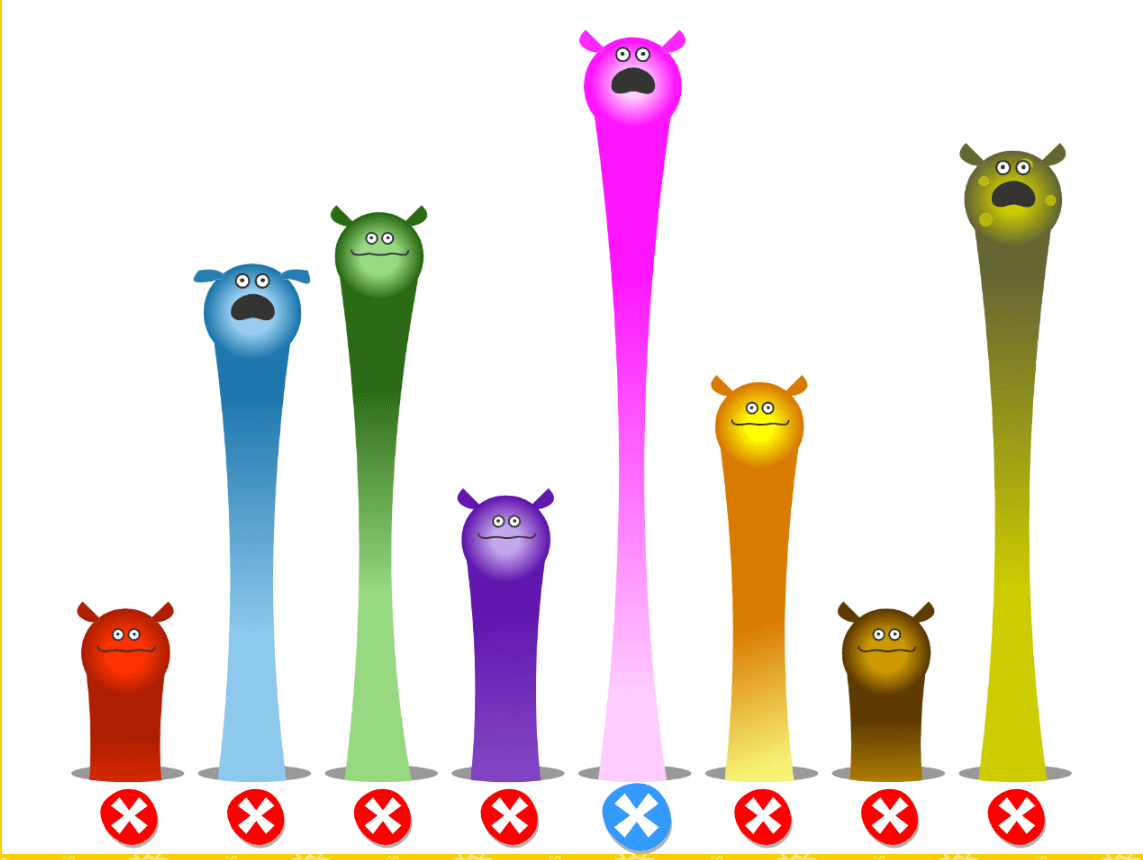
Our ‘High and low’ activity lets children explore sounds.
Just like the strings of a piano or violin, the longer the Noisy Thing, the higher the pitch.
The Noisy Things make a wonderful choir!
Explore harmony
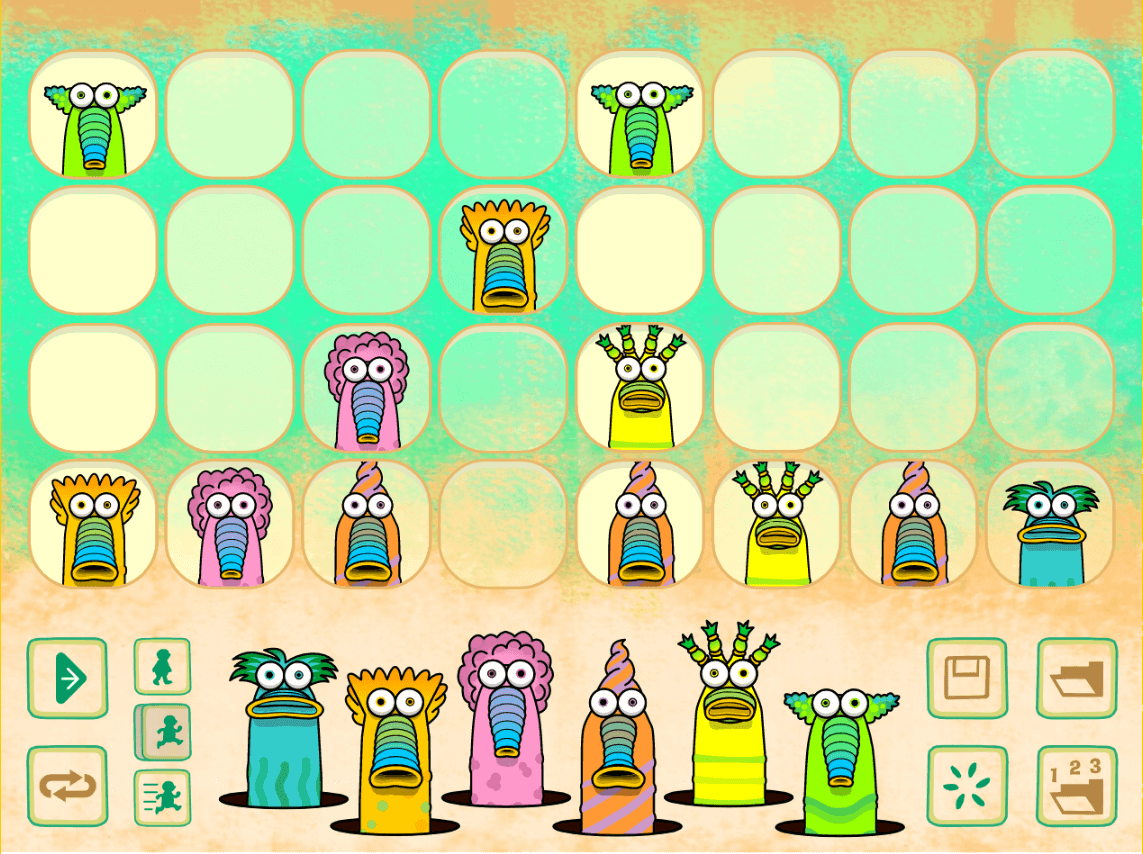
Ask your pupils to create a piece of music by dragging the monsters into the grid.
They’ll find the spaces are as important as the monsters, otherwise it gets too noisy!
You can give them a headstart by loading in one of sample tunes (using the 1, 2, 3 button), and discuss harmony and tempo (using the 3 speed buttons) from there.
NOTE: Pin the activity and all tunes created by your pupils will be collated in its File area.
Learn about instruments
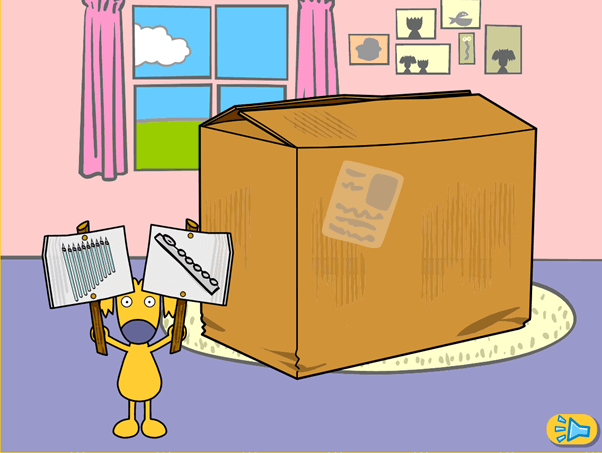
‘What’s in the box?’ is a fantastic activity for helping children recognise the different instruments.
There are all sorts to identify, but each time they just need to select one of the two offered.
Understand the types of instrument
Busy Things has a whole series of interactive worksheets that look at matching instruments to their names.
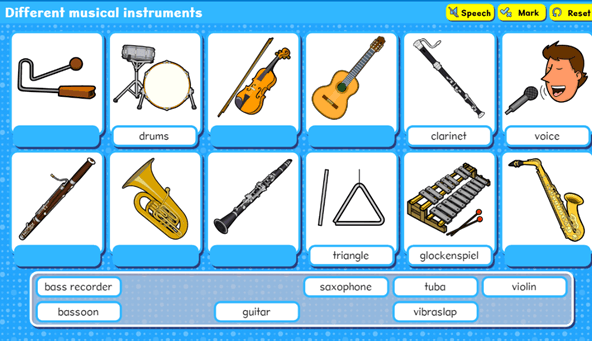
You can either look at them by their type, i.e., brass, woodwind, percussion etc., or as a whole, which the activity ‘Musical instruments’ here does.
Learn about the orchestra
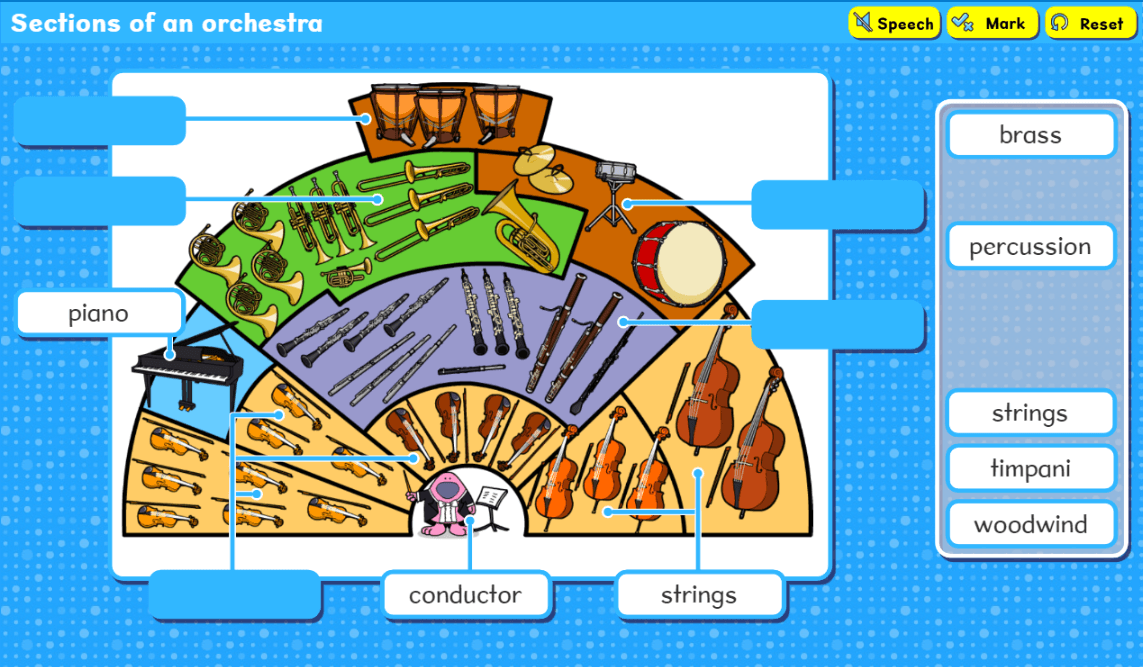
Increase your pupils’ knowledge and understanding of musical instruments and how orchestras are set out with our labelling activity, called ‘Sections of an orchestra’.
Summary
We hope these activities have given you some ideas for World Music Day.
As part of this blog, we’ve made our Bobble beat, Monster grid and Musical instruments activities free to play, so do feel free to use them. Simply click on the links to access them.
Want to see more activities?
If you’d like to try more of the activities and games we offer for music, why not take a 28-day free trial and explore our platform at your leisure? Just click here.
If you’d like a demonstration along with the trial, where we can help you identify the activities that would benefit you most, simply contact us here.
We hope you have a wonderful World Music Day!
This blog has been reviewed, updated and republished for 2024.